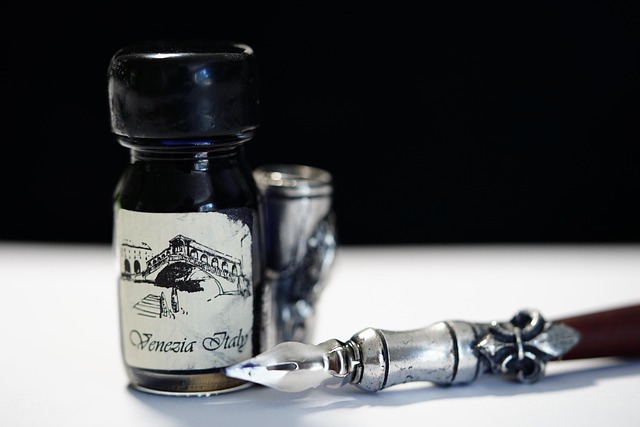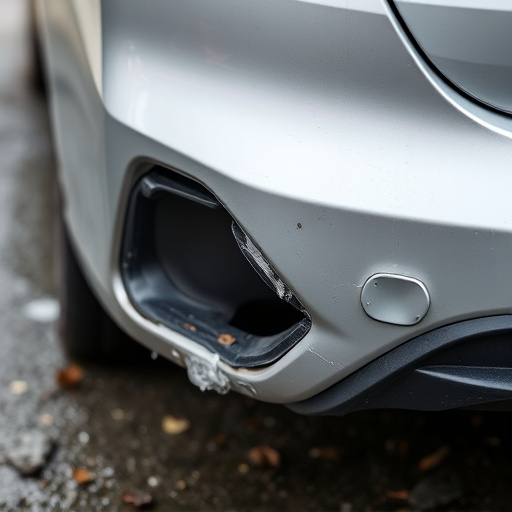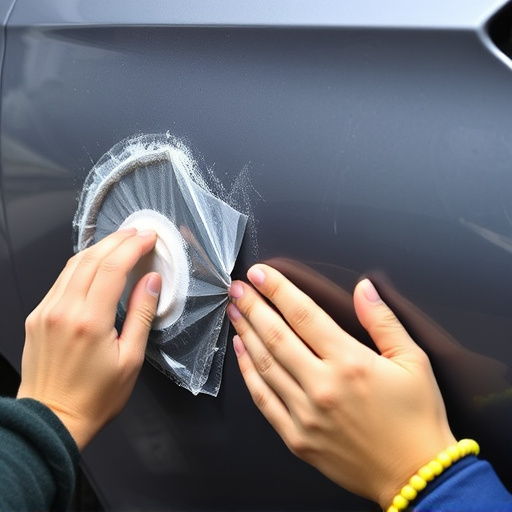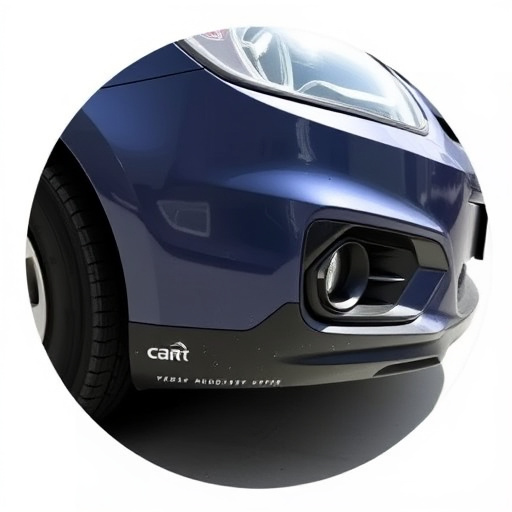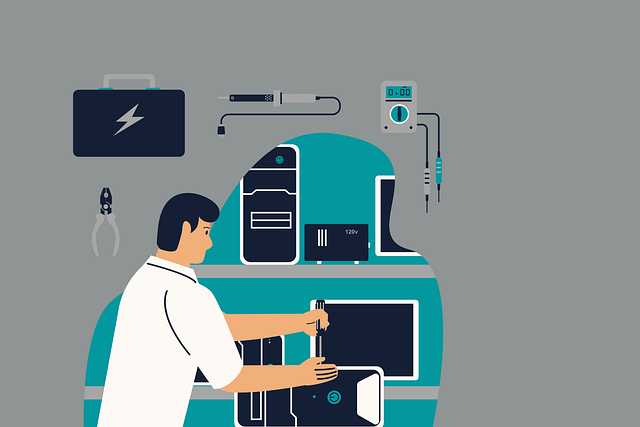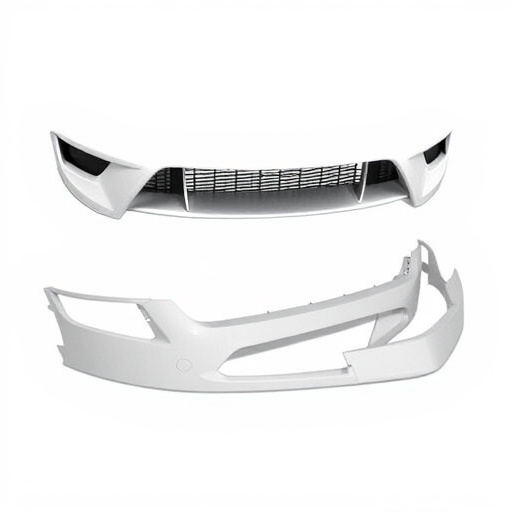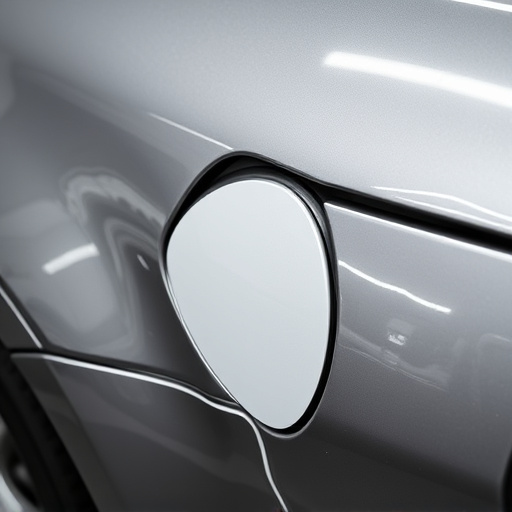Paintless Dent Repair (PDR) techniques go beyond dent removal, focusing on preserving original finishes and minimizing surface damage using specialized tools and precise skills. Effective communication is vital for PDR technicians to understand customer needs, manage expectations, build trust, and collaborate with other departments, ensuring seamless service experiences. Leveraging data and customer feedback allows shops to refine processes, anticipate common damage types, and continuously improve repair quality, ultimately enhancing customer satisfaction.
Discover the art of highly effective PDR techniques in this comprehensive guide. Uncover key elements that transform your practice, from understanding the core principles of PDR to mastering communication skills that drive success. Learn how leveraging data and feedback enables continuous improvement, ensuring optimal patient outcomes. Explore these essential strategies to elevate your PDR techniques and provide exceptional care.
- Understanding the Core Principles of PDR
- Mastering Communication Skills for Success
- Leveraging Data and Feedback for Continuous Improvement
Understanding the Core Principles of PDR

Effective PDR (Paintless Dent Repair) techniques aren’t just about fixing dents; they’re rooted in a deep understanding of automotive aesthetics and customer satisfaction. At its core, PDR focuses on preserving the original factory finish, minimizing damage to the vehicle’s surface, and restoring it to its pre-dent condition. This involves a meticulous approach that combines specialized tools, skilled technicians, and precise techniques.
PDR experts adhere to fundamental principles like utilizing specific tools tailored for different dent types, carefully managing pressure during repair, and ensuring proper adhesion of repaint or touch-up materials. By prioritizing these core principles, auto body services offering PDR can deliver high-quality car paint services that not only conceal dents but also maintain the vehicle’s overall aesthetic value, including seamless integration with existing auto glass replacement when necessary.
Mastering Communication Skills for Success

Effective communication is a cornerstone of successful PDR (Paintless Dent Repair) techniques. Technicians who excel in this area can better understand customer needs and expectations, ensuring satisfaction with the final results. Clear and concise conversations about the scope of work, potential challenges, and estimated timelines build trust and foster long-term relationships with clients. This skill set is crucial when explaining complex repair processes, especially for intricate dents or areas requiring precise auto painting adjustments.
Moreover, mastering communication allows fleet repair services to effectively collaborate with other departments, ensuring a seamless experience for customers availing of multiple services, such as auto glass repair alongside PDR and auto painting. Efficient dialogue can streamline operations, reduce misunderstandings, and enhance overall efficiency in the workshop, ultimately contributing to the reputation of the business.
Leveraging Data and Feedback for Continuous Improvement

In the realm of PDR techniques (Paintless Damage Repair), leveraging data and feedback is a game-changer. By collecting and analyzing data from past projects, auto repair shops can identify trends, refine their processes, and optimize results. This data-driven approach ensures that each vehicle restoration project meets or exceeds expectations. For instance, tracking the frequency of specific damage types allows technicians to anticipate challenges, while customer feedback highlights areas for improvement in frame straightening and tire services.
Regularly updating techniques based on real-world performance data not only enhances the quality of repairs but also fosters a culture of continuous learning and enhancement. This dynamic approach ensures that PDR methods remain effective and efficient, contributing significantly to the overall satisfaction of customers who seek top-notch vehicle restoration and tire services.
In conclusion, implementing highly effective PDR (Patient-Driven Reporting) techniques hinges on adhering to core principles, honing communication skills, and leveraging data and feedback. By embracing these key elements, healthcare professionals can foster a more patient-centric approach, leading to improved outcomes and enhanced satisfaction. Incorporating PDR techniques into daily practice not only revolutionizes reporting but also transforms the overall patient care experience.

